Definition: A project schedule of values (SOV) is a project document listing the price of work items and the amount of completed work. It describes the complete contract value and cost progressions for project stages to stakeholders for payment processing.
An SOV compiles project elements in a tubular form and is updated as the project progresses. Not all construction work requires an SOV; it is useful for larger construction projects to manage contractor payment monitoring progress.
A schedule of values helps you understand the following:
- The tools, manpower, and supplies required to accomplish the job.
- What portion of the project has been finished?
- The amount you gave to the contractors.
- How much have work items been completed?
- The present state of the project’s cash flow and progress payments.
While SOVs take time to develop, they help keep projects moving forward and on schedule. The schedule of values organizes projects and emphasizes responsibility and openness.
The Importance of a Schedule of Values
The SOV is a valuable tool for assessing a project’s progress connected to the scope of work and helps project managers process the payment. The SOV’s accuracy is crucial since you use it to allocate and distribute funds.
The schedule of values is crucial for maintaining the timeline of projects and preventing payment delays. It tracks completed work, supports payment requests, and guarantees that the cost of each work item corresponds to the contract price. Without it, contractors can mismanage expenses and go over budget.
Decision-making can be more efficient if it is data-driven. The important data points are in a schedule of values. The data inform contractors about choices regarding the budget and course of the project. Without SOV, contractors can make poor judgments due to inaccurately estimating costs and progress.
Having a bad SOV is as bad as not having one. Contractors may experience problems ranging from scheduling delays to payment and cash flow interruptions if an SOV contains inaccuracies.
The project owner needs a reliable SOV as a tool. It helps stakeholders confirm if the work is proceeding as planned. As a result, they can avoid project delays, issue scheduled payments, and give other stakeholders reliable information.
When to Use a Schedule of Values
Contractors working on complicated and large projects require a schedule of values for managing payment applications, controlling costs, and staying within budget.
A schedule of values brings all stakeholders on the same page. Before investing money in supplies or labor, you should make a schedule of values. Without a strategy, you can waste money on the wrong resources and alienate customers. A timetable of values creates a great first impression and gives your employees direction.
An SOV can be useful for smaller projects with a fixed price or a contract with a specified maximum price. These agreements predetermine the overall project cost, and an SOV’s in-progress cost breakdowns can assist in guaranteeing that the project does not exceed the budget.
Advantages of Using Schedule of Value
The following are a few advantages of using the schedule of values:
- Creates and Maintains Order: An SOV can be useful for smaller projects with a defined price, authorized budget, or a contract with a specified maximum price. It helps determine the project cost, and an SOV’s in-progress cost breakdowns ensure the project stays within budget.
- Establish Guidelines for Team Members: Sharing SOVs with team members helps them understand their roles and personal objectives. In addition, the schedule of values outlines a timeline of events, allowing every member to stay on track. SOV can be a reference sheet for providing feedback.
- Keeps the Team on Track: Sharing a copy of the SOV with everyone on the site gives them a clear understanding of their individual goals and responsibilities. This project management document helps keep the team focused on achieving the project’s objectives within timelines. In addition, using an SOV helps team members understand the current and next steps in completing the job.
- Payment Collection is Simplified: Payments for larger projects frequently occur in stages. Payment collection is more accessible if the client consents to SOV in advance. You present the job’s values, expenses, customer payment deadlines, and anticipated service dates with SOV.
Structure of a Schedule of Values
The schedule of values should be easy to interpret and provide all stakeholders with important information. It includes three major sections: heading, spreadsheet, and consent.
#1. Heading and Basic Information
This section appears at the top of the document. It can include the followings:
- Project name
- Project number
- Name of contractor
- Name of liaison or contact person
- Name of client
- Client billing address
- Client service address
- Name of architect
- Architect application date
- Architect Application number
- Project spreadsheet
#2. Spreadsheet
This section follows the heading and basic information. A spreadsheet is where you itemize each part of the job, outline the timeline, and estimate costs. This table is composed of columns and rows.
It can include the following information:
Rows: Rows run horizontally across a spreadsheet and can represent the following:
- Item number
- Description of work item
- Estimated cost or scheduled value
- Construction dates
- Percentage completion
- Retainer or deposit
- First payment
- Final balance due
Columns: Columns are vertical and intersect with the rows across a spreadsheet—the items in the column correspond to the title of each row. For example, suppose the construction job has six itemized components; in that case, each cell should have six unique item serial numbers within that column. Similarly, you should list six dollar amounts in the cells below the row representing the scheduled value.
#3. Consent and Acknowledgment
Consent and acknowledgment are the last sections of the schedule of values. This includes places for the client and the contractor to write their names and sign. It should have a space to write the date of acknowledgment for all parties.
Best Practices for Developing Schedule of Values
A schedule of values might make or break your cash flow; the following practices can help you develop a sound SOV:
Make Line Items Specific to the Project
The level of information required varies from project to project. So, decide what information the project manager needs to keep track of the project and handle payments. For example, you should keep the headline and basic information at the top of the SOV document.
Choose Your Template
You can design your schedule of values as per the project requirements. However, some styling guidelines are as follows:
- Every labor should have a description and can include duties.
- The sum of the prices for each item
- Your expenses for the most recent billing cycle
- Retention fees
- Scheduled value or estimated costs
- The final expenses for completion
Final Payment Due Date
Add the final payment due date so you can track the costs.
Analyze Your Expenses
Look closely at your costs, including supplies, tools, labor, and retainage. Enter these values into the SOV. Break down each component of your job and the associated expenses from pre-construction through completion.
Avoid Font-loading (overbilling) Charges Upfront
While it would be easy to overestimate the project efforts, doing so leads to serious issues. It hurts your reputation. It contributes to problems with payment inconsistencies across the project. Furthermore, it places you at risk for liability associated with false claims.
Schedule of Values Example
The following image shows a simple example of a schedule of values.
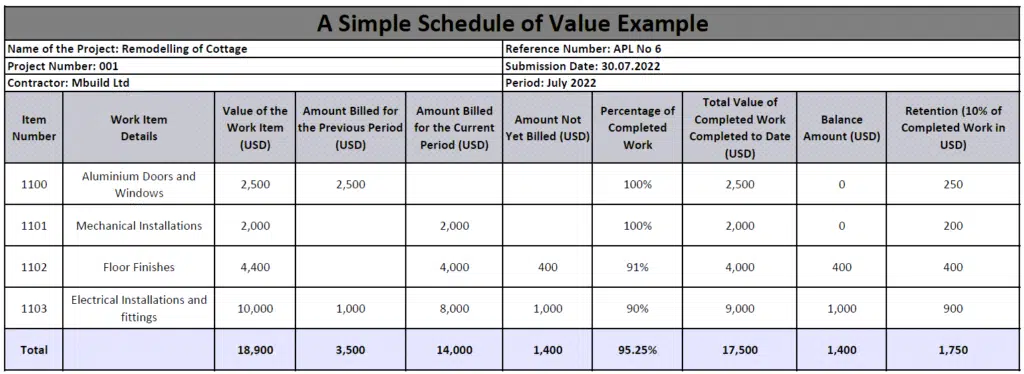
The content of SOV is as follows:
- Item Number: Each work item has a number for easy identification. In the above example, I used four-digit numbers, i.e., 1000, 1001, 1002, and 1003.
- Work Description: This column details the work expected to be carried out in each phase (in our example, we have aluminum doors and windows, mechanical installations, and floor finishes).
- Scheduled Value of Work Items: The scheduled value of works comprises the amount of money allotted to each piece of work for the project’s duration.
- Completed Works: This column shows the value of the finished work items. It includes two columns for what we spent in the previous phase and the current schedule of values.
- Percentage of Work Finished: This column displays how far the project has advanced, making it easy to determine the percentage of the remaining work. Also, the project manager and contractor can calculate the time left to complete the job.
- Amount Yet to be Billed: You get it by deducting the value of finished works from the scheduled value of work items. This helps contractors measure whether the funding is enough to complete the project if they need to cut expenses or require further financing.
- Retention: Funds are held back as contractors’ incentives until they finish the work.
- Totals: The Totals row is the sum of the previously described components.
Download a Free Schedule of Values Template
An SOV can be in any format; contractors record data and submit payment requests using a spreadsheet. A free sample SOV template is given as follows for your reference.
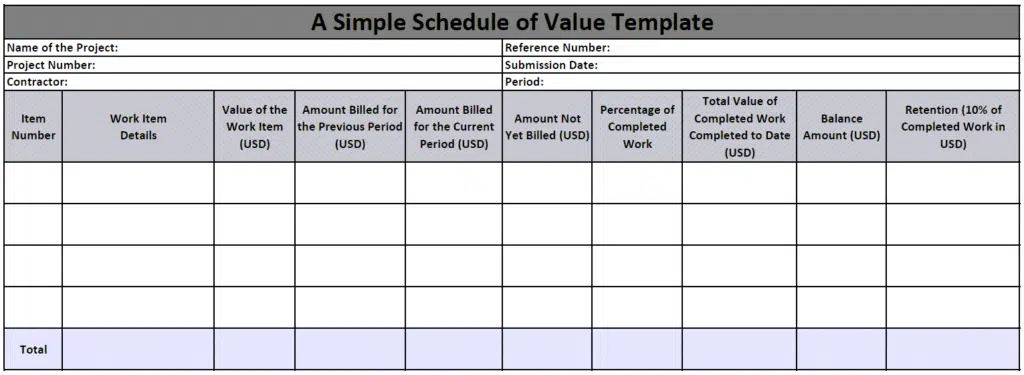
Conclusion
The schedule of values is an important project document. It helps build trust and encourages accountability regarding being on schedule and within budget.
The project performance and cash flow are affected by the schedule of values. Therefore, use the value schedule for project needs for materials, labor, and money, and be realistic about the project timeline.
Doing so makes you and the customer more likely to negotiate an agreement that provides a consistent income flow and benefits all parties.

I am Mohammad Fahad Usmani, B.E. PMP, PMI-RMP. I have been blogging on project management topics since 2011. To date, thousands of professionals have passed the PMP exam using my resources.

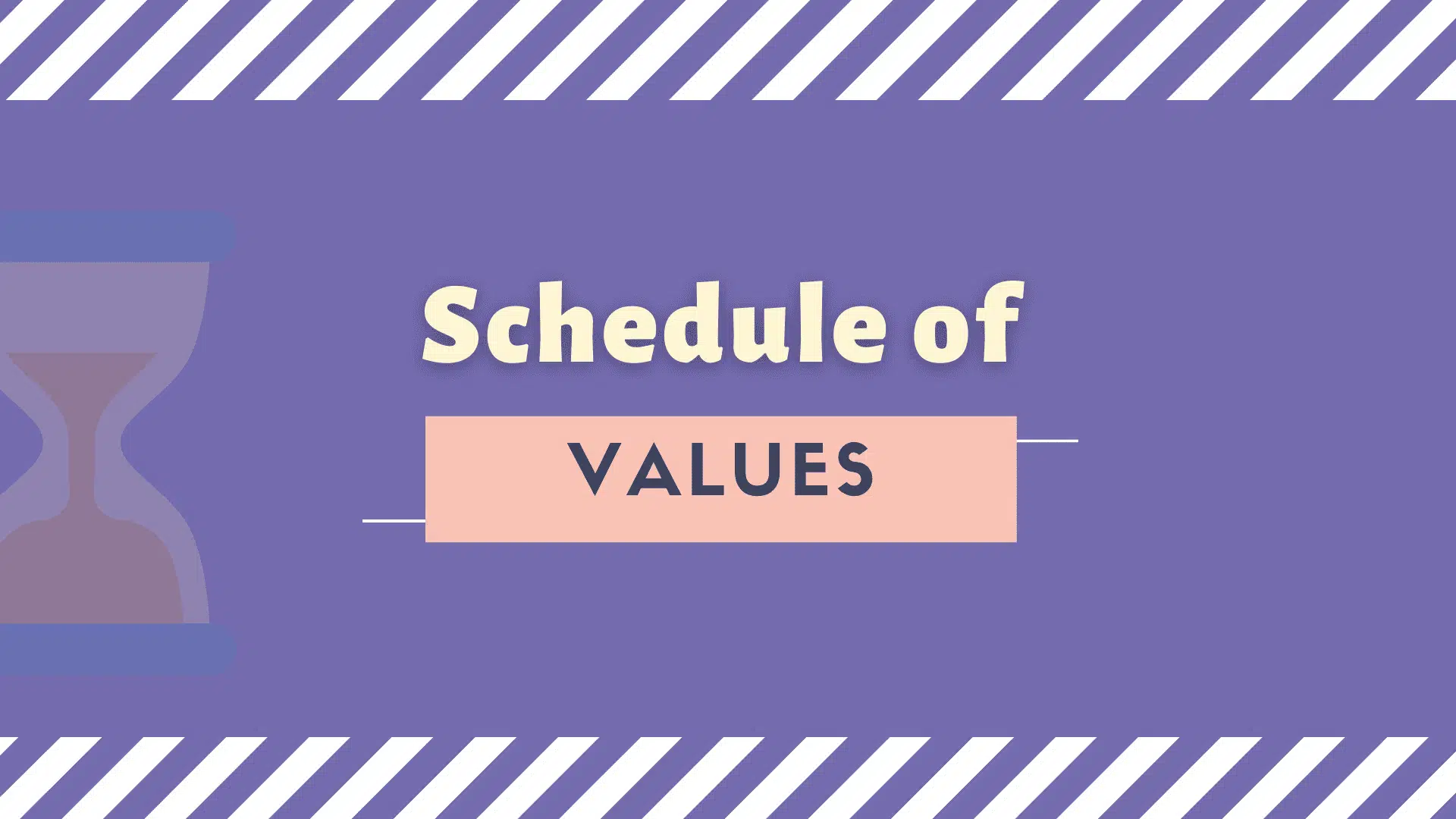
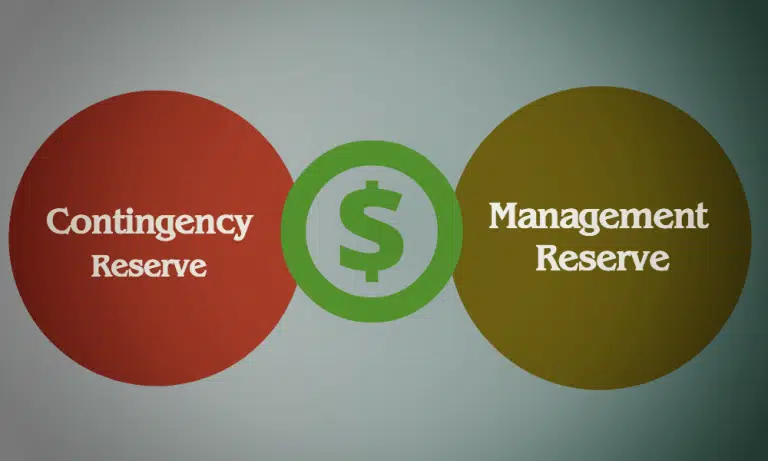

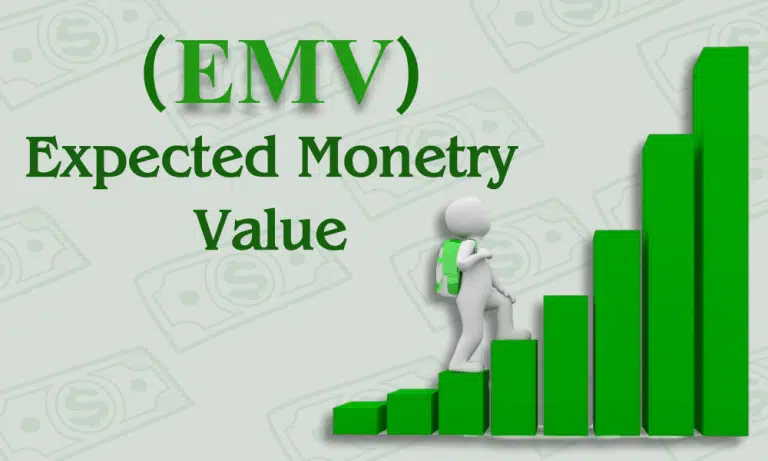

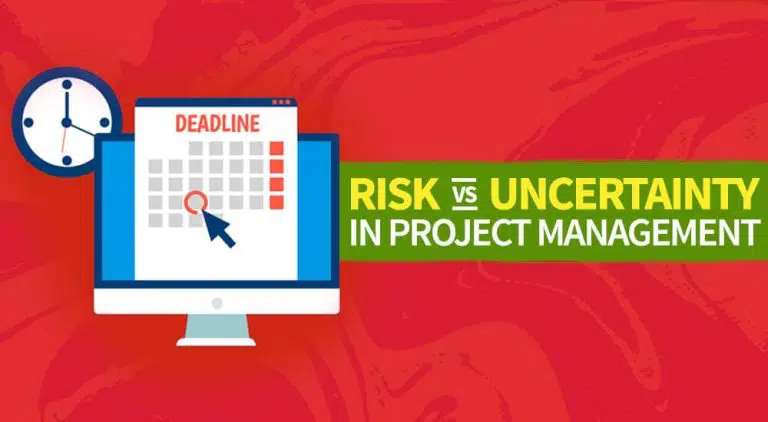

I haven’t seen or read the term Schedule of Values [SOV] in PMBOK-6 or 7 or Agile Practice Guide. Is this term i.e., Schedule of Values [SOV] a part of PMP Exam-2022? If yes, would you please refer to PMI Exam Reference List https://www.pmi.org/certifications/project-management-pmp/earn-the-pmp/pmp-exam-preparation/pmp-reference-list and advise from which book this term has been taken or noted?